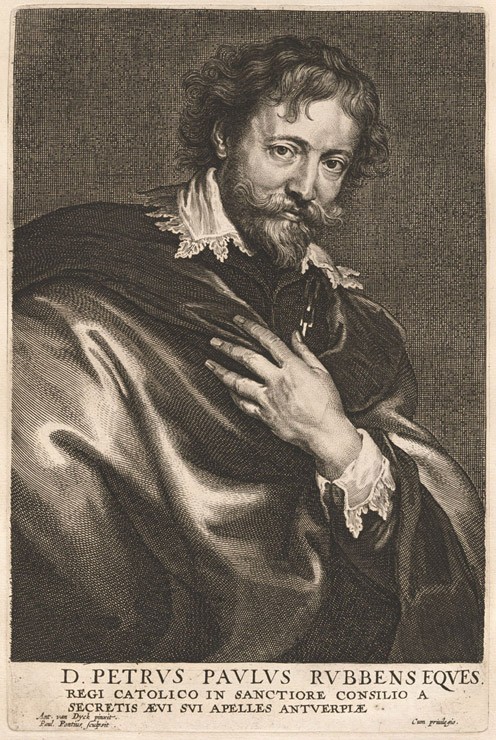Rubens was one of the most celebrated artists of the 17th century. In his paintings he excelled in almost every subject, from mythology, allegory, and history to portraits and landscape. His designs for tapestries, prints, and book illustrations added to his fame. Rubens was also an accomplished humanist, collector, antiquarian, and court diplomat fluent in six languages.
A devout Catholic, he dedicated much of his artistic energy to promoting the faith in large-scale works, such as altarpieces and church ceiling decorations, as well as in small-scale commissions such as the three paintings of the Magi he executed for Balthasar Moretus. Working primarily in Antwerp, Rubens blended the northern European tradition of naturalism with the grandeur and exuberance of the art he studied while traveling through Italy. Characterized by vivid colors, rich textures, and an expressive brush, Rubens’s dynamic style earned him the admiration and patronage of royals, regents, statesmen, and prelates alike. In the words of one of his contemporaries, Rubens was “a prince of painters and a painter of princes.”
See here for an extended biography.

